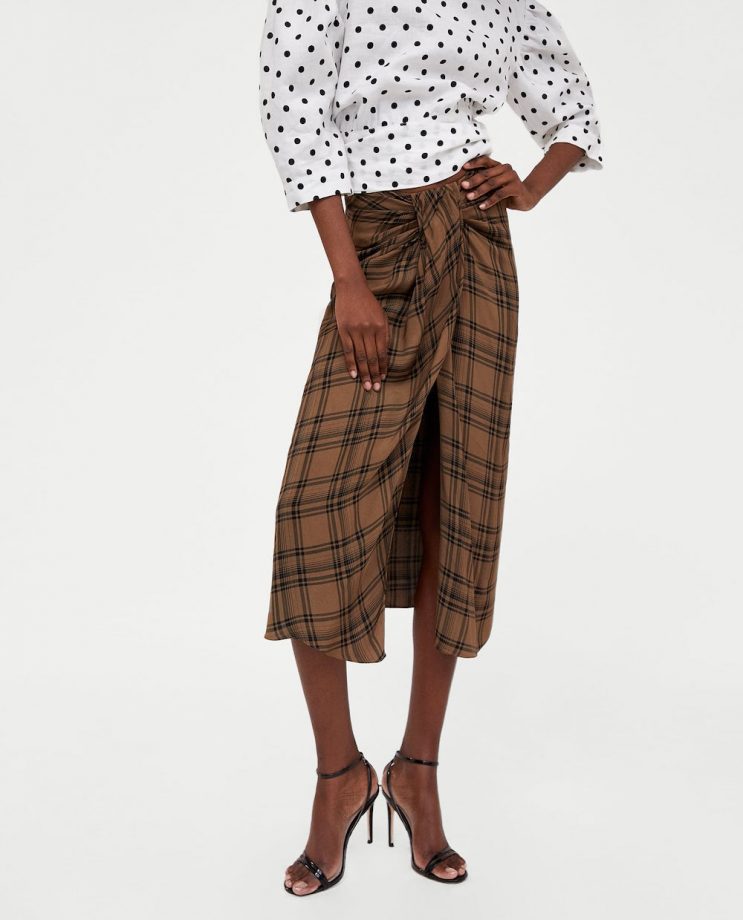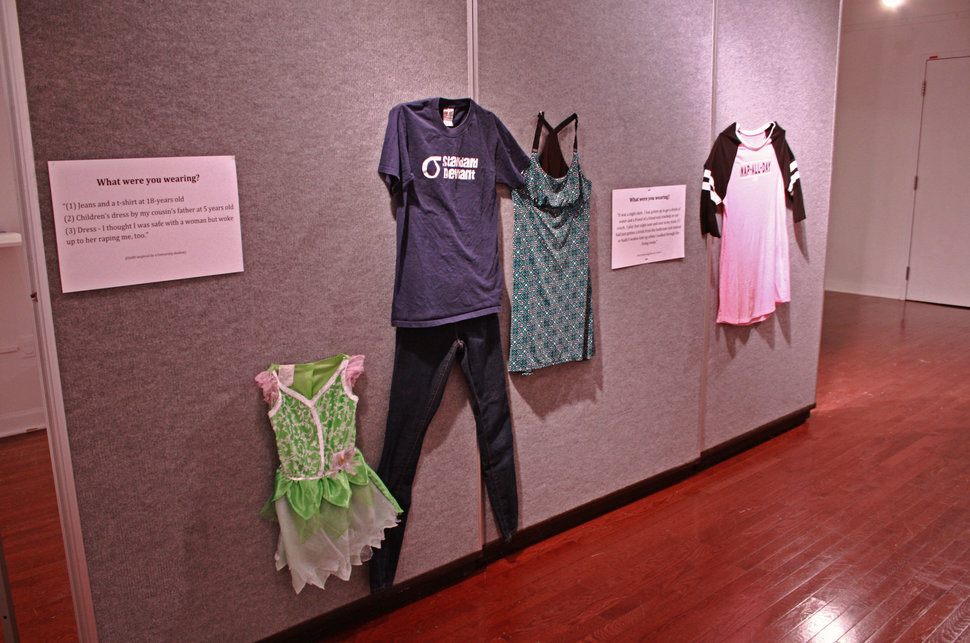
While the most famous Urban Outfitters (UO) scandal is arguably the release of a blood-stained ‘vintage’ Kent State sweater that makes light of the horrific shooting that occurred at the university in 1970, the other UO scandals have seemingly been pushed into the dark once again. With up to thirteen distinct cases of the company promoting insensitive clothing or product designs, it’s a shock that Urban Outfitters has not learned how to avoid offending an entire underrepresented community. In all, UO has managed to disrespect the LGBTQ+, Jewish, Hindu, Black, and Hispanic communities as well as those struggling with body image issues, mental health issues, and trauma over the last two decades. Most of these controversial products indirectly target a sensitive community through the use of stereotypes or by tying well-known sources of trauma, from mass shootings to genocide, to seemingly unrelated products. Each time that these products have their intentions questioned, UO plays the same apology card followed by the immediate removal of the product from store shelves across the nation. Their cookie-cutter apologies continue to eat away at their credibility, but according to Forbes, UO still holds it’s rank among the top-performing retail companies in the United States. Their increase in sales despite their past mistakes might be the reason that the company keeps getting away with the release of clothing designs that read ‘Eat Less,’ ‘New Mexico: Cleaner than regular Mexico,’ ‘Depression,’ and ‘Voting is for Old People.’ Is the carelessness with which UO is treating these design scandals just as disrespectful as the products themselves?
In 2012, the LGBTQ+ community took a direct hit from UO with the release of a greeting card that played on the classic Jack and Jill rhyme but concluded with the use of a transphobic slur. Unlike some of their other scandals, the card is blatantly disrespectful to transgender people and uses the t-slur with no purpose other than to offend and to side against normalizing transness. Their carelessness in using the slur exposes their ignorance on the issues facing the LGBTQ+ community and effortlessly disrespects them in the name of profit. Although the company apologized for the product, UO had no reason to use a word so rooted in oppression on the front of a three-dollar greeting card. However, UO’s announcement of the 2019 season of models, which now includes transgender women, seemed to sweep this controversy under the rug. While the company may have finally learned from their mistakes how to uplift a community through their fashion, it took several scandals to get to that point.
Preceding this attack on transgender people, in 2003, UO released a version of Monopoly centered in a crime-ridden, predominantly black neighborhood, called ‘Ghettopoly.’ The company was immediately called out by Black activist leaders for their use of racial stereotypes in multiple aspects of the game including ‘hustle’ cards and their depiction of a Black man holding a gun and beer amongst garbage in the center of the board. While an artist should have the freedom to add a twist to the classic board game under their motives, it should not include such a tasteless and degrading view of, what the creator claims to be, ‘ghetto’ communities. By including game cards like, “You got yo whole neighborhood addicted to crack. Collect $50,” creator David Chang pokes fun at untrue and disrespectful stereotypes of Black communities and portrays them as helplessly crime-ridden areas. In a public statement, Chang even acknowledged his misuse of stereotypes and claimed that he intended to “bring [people] together in laughter,” even though groups like Men United for a Better Philadelphia and chapters of the NAACP stated that there is nothing funny about his design.
More recently, in 2014, UO released women’s shirts reading ‘Eat Less’ and ‘Depression,’ which added two more strikes to their offensive record. The ‘Eat Less’ shirt took heat as it made light of body dysmorphia and body image issues that are very much present in their target audience of teenage girls and young adult women. Furthermore, the ‘Depression’ shirt discredited depression as a mental illness and sold it to customers as a trendy, normal emotion. Once again, UO apologized for the products’ release and pulled the products from their stores shortly after being called out for their mistake. However, damage to a community of young adults was already done when UO allowed the release of these designs that promoted unhealthy dieting and desensitized mental illness.
The foundations of fashion lay in the idea that one can express themselves, their interests, and beliefs, through the clothes they wear every day. While UO can provide a means of expression for its costumers, it’s hard to understand why they would willingly produce such offensive products to be purchased by the communities they are attacking, whether by mistake or not. With the number of insensitive clothing designs released, one starts to question the morals of the fashion designers and the teams that put these articles of clothing into production. How can their idea of expression overlap so much and so often with the disrespect of so many communities?







